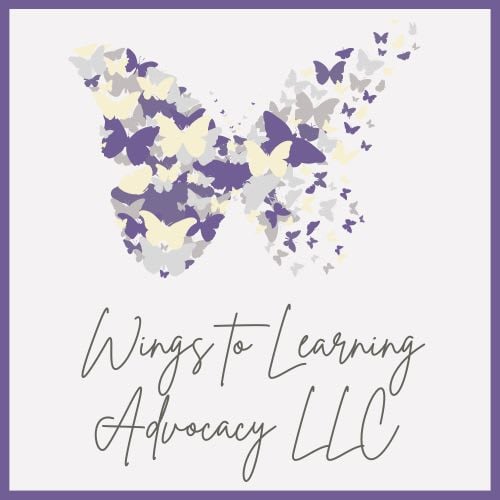The Role of Visual Function (NOT ACUITY) in Learning and the Educational Environment

Posted August 17th, 2023
Visual function is crucial in learning, profoundly impacts the educational environment, and directly affects the central nervous system, creating dysregulation of the sense of sight when not functioning correctly. This explores the multifaceted relationship between visual function and learning, highlighting how visual abilities contribute to educational outcomes. By understanding the importance of visual function, educators can create inclusive and effective learning environments that cater to the diverse visual needs of students.
Introduction
Visual function encompasses a range of abilities, including visual perception, attention, and spatial awareness. These abilities are vital for processing and interpreting information in educational settings. Visual impairments, such as refractive errors or visual processing disorders, can significantly affect a student's learning experience. This exploration to identify the connectivity aims to shed light on the significance of visual function in learning and its implications for the educational environment.
Visual Perception and Information Processing
Visual perception is fundamental to learning, allowing students to make sense of visual stimuli. It involves perceiving shapes, colors, patterns, and spatial relationships. Efficient visual perception enables students to decode written language, comprehend diagrams and graphs, and understand visual representations of concepts. Visual impairments can hinder these processes, leading to difficulties in reading, comprehension, and overall academic performance.
Visual Attention and Focus
Visual attention is the ability to focus on relevant visual stimuli while filtering out distractions selectively. Students must concentrate on the teacher, instructional materials, and interactive displays in the educational environment. Strong visual attention facilitates active engagement, participation, and information retention. Conversely, attention deficits can impede learning and hinder students' ability to absorb information effectively.
Visual-Spatial Skills
Visual-spatial skills encompass the ability to perceive and mentally manipulate objects and their spatial relationships. These skills are vital for understanding geometry, solving math problems, and comprehending scientific concepts. Proficient visual-spatial skills enable students to grasp abstract concepts, construct mental models, and develop problem-solving strategies. Difficulties in this area can impede progress in various academic disciplines.
Inclusive Educational Practices
To optimize the learning experience for all students, educators must consider the visual needs of their learners. This involves implementing inclusive educational practices such as:
- Regular neurodevelopmental vision screenings (VERA) and evaluations to identify visual impairments early on.
- Providing appropriate visual aids, such as glasses or magnifiers, to students with refractive errors.
- Employ multisensory teaching techniques incorporating auditory, tactile, and visual modalities.
- Creating visually accessible learning materials, including clear font types, appropriate font sizes, and high-contrast colors.
- Designing classrooms with proper lighting, minimizing glare and shadows that can impede visual perception.
- Offering flexible seating arrangements to accommodate students' visual preferences and comfort.-Providing remediation through vision therapy as a related service similar to speech and OT
Assistive Technology
Advancements in technology have paved the way for innovative solutions to support students with visual impairments. Assistive technology tools such as screen readers, optical character recognition (OCR) software, and tactile diagrams enhance access to educational materials and foster independent learning. Educators should be knowledgeable about these technologies and ensure their integration into the classroom to promote equal opportunities for all learners.
Conclusion
Visual function plays a critical role in learning and the educational environment. By recognizing the importance of visual perception, attention, and spatial skills, educators can implement inclusive practices that address the diverse visual needs of students by means of a 504 or IEP, depending on need. Through early identification of visual impairments, provision of appropriate aids, and integration of assistive technologies and vision therapy to remediate areas of weakness and dysfunction, we can create a learning environment that maximizes students' potential and fosters academic success for all.
Contact Us
How Can We Help You?
We are here to support you and your child on your educational advocacy journey. Whether you have questions, need guidance, or are ready to take the next steps in advocating for your child's rights, our team at Wings to Learning Advocacy LLC is just a phone call or email away.
